National
Report: Blacks, Hispanics Doing Better but Still Lag Whites
JESSE J. HOLLAND, Associated Press
WASHINGTON (AP) — Despite high-profile concern over issues underscored by the racial unrest in Ferguson, Missouri, African Americans and Hispanics are faring well in certain areas, including better health care and reductions in violent crime, the latest State of Black America report from the National Urban League says.
The National Urban League derives its numbers from an “equality index” that is based on nationally collected data from federal agencies including the Census Bureau, the Bureau of Labor Statistics, the National Center for Education Statistics and the Centers for Disease Control and Prevention.
With full equality with whites in economics, health, education, social justice and civic engagement set at 100 percent, the National Urban League said this year’s equality index for blacks stands at 72.2 percent, an improvement over a revised index of 71.5 percent from last year. The equality index for Hispanics improved to 77.7 percent, compared with 75.8 percent last year.
The Urban League will release the full report on Thursday.
The greatest increases for blacks came in health care and social justice, the Urban League said. Improved health care — to 79.8 percent from 78.2 percent — resulted from increased health insurance coverage since the passage of the national health care law and a decrease in binge drinking by blacks.
An improvement in social justice — to 60.6 percent from 56.9 percent — is credited to fewer blacks becoming victims of violent crimes. In addition, the Urban League said there were fewer black high school students carrying weapons compared with white high school students.
The Urban League considered a number of areas to tally its social justice score, including homicide rates, average prison sentences, arrest rates, hate crime rates and the number of youth carrying weapons.
Relations between police and minorities have been under scrutiny since Michael Brown, who was black and unarmed, was killed in Ferguson, Missouri, by Darren Wilson, a white police officer. A grand jury declined to indict Wilson in November, and the U.S. Justice Department cleared Wilson of civil rights charges in a report released March 4. Wilson resigned from the department in November.
A separate Justice Department report found widespread racial bias in the city’s policing and in a municipal court system driven by profit extracted from mostly black and low-income residents.
“These challenges that we face in the justice area should be a call to action, a call for us to reform and fix and build and strengthen the relationship between police and communities,” National Urban League President Marc Morial said.
Areas with decreases for African Americans were education — to 76.1 percent from last year’s 76.7 percent — and civic involvement — 104 percent from last year’s 104.7 percent. Civic involvement also declined for Hispanics to 71 percent this year from 71.2 last year, the only area among Hispanics that decreased.
The highest increases for Hispanics were also in health care and social justice, the report said. A lower incarceration rate and fewer high school students carrying weapons contributed to the social justice increase for Hispanics — from 66.1 percent to 72.7 percent — while a lower death rate and better health care coverage under the nation’s health care law contributed to an increase to 106.9 percent from last year’s 102.4 percent.
Improvements in social justice for blacks came despite highly publicized incidents between police and African American men last year, including the deaths of Brown in Ferguson and Eric Garner in New York. Morial said that blacks and Hispanics are suffering through a “justice, jobs and education” crisis that needs to be addressed.
“If you solve one, you’re going to help move in the direction of solving the other,” Morial said.
____
Follow Jesse J. Holland on Twitter at http://www.twitter.com/jessejholland.
Copyright 2015 The Associated Press. All rights reserved. This material may not be published, broadcast, rewritten or redistributed.
Activism
OPINION: “My Girl,” The Temptations, and Nikki Giovanni
Giovanni was probably one of the most famous young African American women in the 1960s, known for her fiery poetry. But even that description is tame. The New York Times obit headline practically buried her historical impact: “Nikki Giovanni, Poet Who Wrote of Black Joy, Dies at 81.” That doesn’t begin to touch the fire of Giovanni’s work through her lifetime.

By Emil Guillermo
The Temptations, the harmonizing, singing dancing man-group of your OG youth, were on “The Today Show,” earlier this week.
There were some new members, no David Ruffin. But Otis Williams, 83, was there still crooning and preening, leading the group’s 60th anniversary performance of “My Girl.”
When I first heard “My Girl,” I got it.
I was 9 and had a crush on Julie Satterfield, with the braided ponytails in my catechism class. Unfortunately, she did not become my girl.
But that song was always a special bridge in my life. In college, I was a member of a practically all-White, all-male club that mirrored the demographics at that university. At the parties, the song of choice was “My Girl.”
Which is odd, because the party was 98% men.
The organization is a little better now, with women, people of color and LGBTQ+, but back in the 70s, the Tempts music was the only thing that integrated that club.
POETRY’S “MY GIRL”
The song’s anniversary took me by surprise. But not as much as the death of Nikki Giovanni.
Giovanni was probably one of the most famous young African American women in the 1960s, known for her fiery poetry. But even that description is tame.
The New York Times obit headline practically buried her historical impact: “Nikki Giovanni, Poet Who Wrote of Black Joy, Dies at 81.”
That doesn’t begin to touch the fire of Giovanni’s work through her lifetime.
I’ll always see her as the Black female voice that broke through the silence of good enough. In 1968, when cities were burning all across America, Giovanni was the militant female voice of a revolution.
Her “The True Import of Present Dialogue: Black vs. Negro,” is the historical record of racial anger as literature from the opening lines.
It reads profane and violent, shockingly so then. These days, it may seem tamer than rap music.
But it’s jarring and pulls no punches. It protests Vietnam, and what Black men were asked to do for their country.
“We kill in Viet Nam,” she wrote. “We kill for UN & NATO & SEATO & US.”
Written in 1968, it was a poem that spoke to the militancy and activism of the times. And she explained herself in a follow up, “My Poem.”
“I am 25 years old, Black female poet,” she wrote referring to her earlier controversial poem. “If they kill me. It won’t stop the revolution.”
Giovanni wrote more poetry and children’s books. She taught at Rutgers, then later Virginia Tech where she followed her fellow professor who would become her spouse, Virginia C. Fowler.
Since Giovanni’s death, I’ve read through her poetry, from what made her famous, to her later poems that revealed her humanity and compassion for all of life.
In “Allowables,” she writes of finding a spider on a book, then killing it.
And she scared me
And I smashed her
I don’t think
I’m allowed
To kill something
Because I am
Frightened
For Giovanni, her soul was in her poetry, and the revolution was her evolution.
About the Author
Emil Guillermo is a journalist, commentator, and solo performer. Join him at www.patreon.com/emilamok
Black History
Book Review: In Slavery’s Wake: Making Black Freedom in the World
It’s a tale of heroes: the Maroons, who created communities in unwanted swampland, and welcomed escaped slaves into their midst; Sarah Baartman, the “Hottentot Venus”; Marème Diarra, who walked more than 2000 miles from Sudan to Senegal with her children to escape slavery; enslaved farmers and horticulturists; and everyday people who still talk about slavery and what the institution left behind.
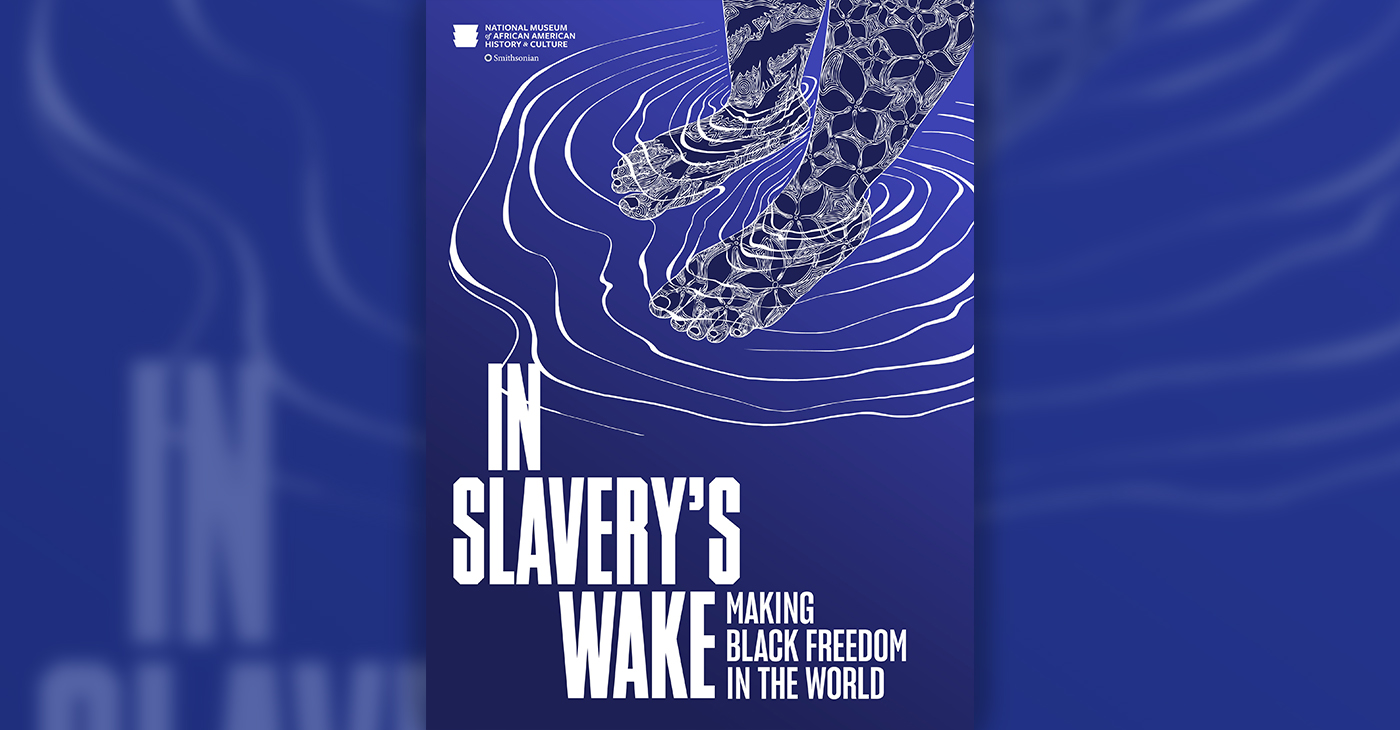
By Terri Schlichenmeyer
Ever since you learned how it happened you couldn’t get it out of your mind.
People, packed like pencils in a box, tightly next to each other, one by one by one, tier after tier. They couldn’t sit up, couldn’t roll over or scratch an itch or keep themselves clean on a ship that took them from one terrible thing to another. And in the new book “In Slavery’s Wake,” essays by various contributors, you’ll see what trailed in waves behind those vessels.
You don’t need to be told about the horrors of slavery. You’ve grown up knowing about it, reading about it, thinking about everything that’s happened because of it in the past four hundred years. And so have others: in 2014, a committee made of “key staff from several world museums” gathered to discuss “telling the story of racial slavery and colonialism as a world system…” so that together, they could implement a “ten-year road map to expand… our practices of truth telling…”
Here, the effects of slavery are compared to the waves left by a moving ship, a wake the story of which some have tried over time to diminish.
It’s a tale filled with irony. Says one contributor, early American Colonists held enslaved people but believed that King George had “unjustly enslaved” the colonists.
It’s the story of a British company that crafted shackles and cuffs and that still sells handcuffs “used worldwide by police and militaries” today.
It’s a tale of heroes: the Maroons, who created communities in unwanted swampland, and welcomed escaped slaves into their midst; Sarah Baartman, the “Hottentot Venus”; Marème Diarra, who walked more than 2000 miles from Sudan to Senegal with her children to escape slavery; enslaved farmers and horticulturists; and everyday people who still talk about slavery and what the institution left behind.
Today, discussions about cooperation and diversity remain essential.
Says one essayist, “… embracing a view of history with a more expansive definition of archives in all their forms must be fostered in all societies.”
Unless you’ve been completely unaware and haven’t been paying attention for the past 150 years, a great deal of what you’ll read inside “In Slavery’s Wake” is information you already knew and images you’ve already seen.
Look again, though, because this comprehensive book isn’t just about America and its history. It’s about slavery, worldwide, yesterday and today.
Casual readers – non-historians especially – will, in fact, be surprised to learn, then, about slavery on other continents, how Africans left their legacies in places far from home, and how the “wake” they left changed the worlds of agriculture, music, and culture. Tales of individual people round out the narrative, in legends that melt into the stories of others and present new heroes, activists, resisters, allies, and tales that are inspirational and thrilling.
This book is sometimes a difficult read and is probably best consumed in small bites that can be considered with great care to appreciate fully. Start “In Slavery’s Wake,” though, and you won’t be able to get it out of your mind.
Edited by Paul Gardullo, Johanna Obenda, and Anthony Bogues, Author: Various Contributors, c.2024, Smithsonian Books, $39.95
Black History
Ashleigh Johnson: Pioneering the Way in Water Polo
Ashleigh Johnson attended Princeton University, where she played for the Tigers and dominated collegiate water polo. During her time at Princeton, she became the program’s all-time leader in saves and was recognized for her extraordinary ability to anticipate plays and block shots. She was a three-time All-American and was pivotal in leading her team to multiple victories. Balancing rigorous academics and athletics, she graduated with a degree in Psychology, showcasing her determination both in and out of the pool.
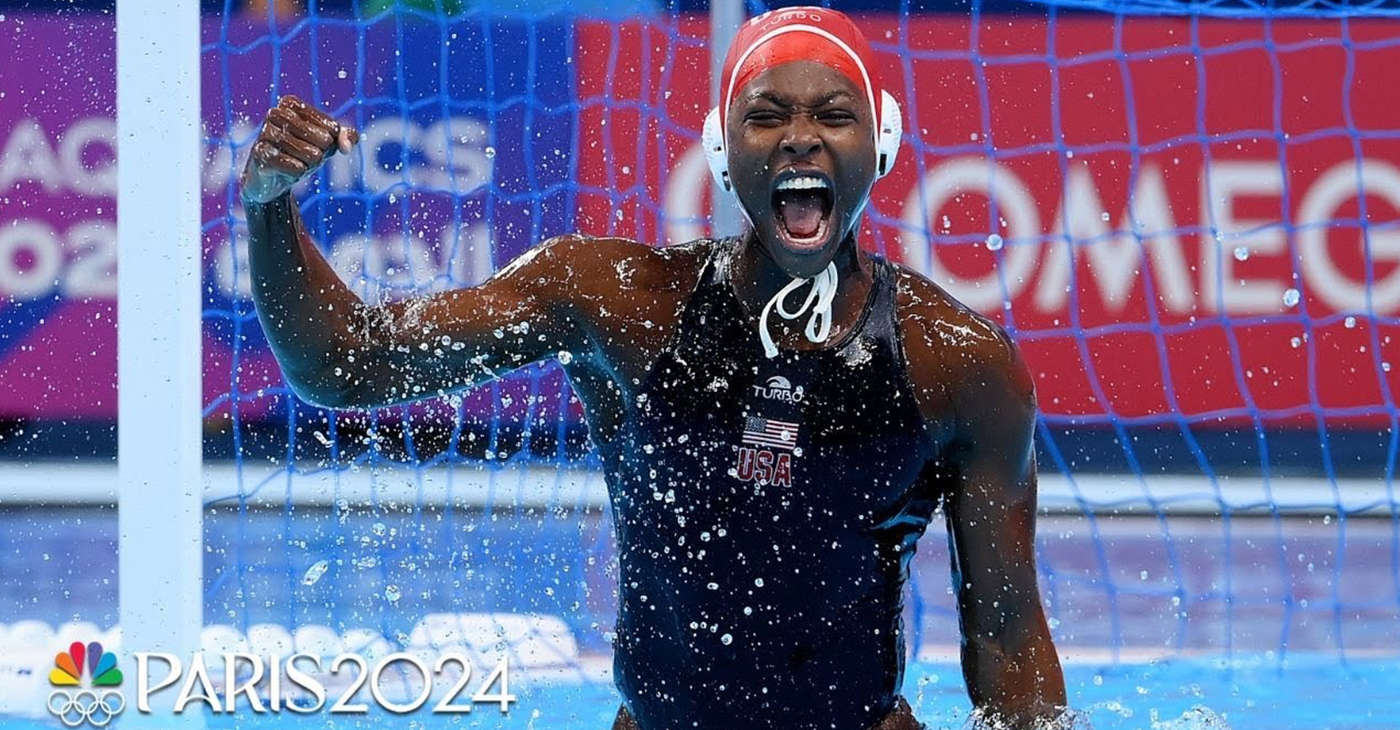
By Tamara Shiloh
Ashleigh Johnson has become a household name in the world of water polo, not only for her incredible athleticism and skill but also for breaking barriers as the first Black woman to represent the United States in the sport at the Olympic level. Her journey begins as a determined young athlete to a record-breaking goalkeeper.
Born on September 12, 1994, in Miami, Florida, Ashleigh grew up in a family that valued sports and academics. She attended Ransom Everglades School, where she was introduced to water polo. Despite water polo being a niche sport in her community, she quickly stood out for her remarkable agility, intelligence, and reflexes. Her unique skill set made her a natural fit for the demanding role of a goalkeeper.
Ashleigh attended Princeton University, where she played for the Tigers and dominated collegiate water polo. During her time at Princeton, she became the program’s all-time leader in saves and was recognized for her extraordinary ability to anticipate plays and block shots. She was a three-time All-American and was pivotal in leading her team to multiple victories. Balancing rigorous academics and athletics, she graduated with a degree in Psychology, showcasing her determination both in and out of the pool.
In 2016, Ashleigh made history as the first Black woman to be selected for the U.S. Olympic Water Polo Team. Representing her country at the Rio Olympics, she played a crucial role in helping Team USA secure the gold medal. Her stellar performances earned her the distinction of being named the tournament’s top goalkeeper, further cementing her status as one of the best players in the sport’s history.
Ashleigh didn’t just stop at one Olympic appearance. She continued her dominance in water polo, playing a key role in Team USA’s gold medal win at the 2020 Tokyo Olympics. Her ability to remain composed under pressure and deliver outstanding saves in crucial moments made her an irreplaceable member of the team.
At the age of 29, Johnson appeared in her third Olympiad in Paris at the 2024 Summer Olympics. Their first match was against Greece and the US team won easily and Johnson only gave up 4 points. U.S. Olympic head coach Adam Krikorian shared, “She’s an incredible athlete. She’s got great hand-eye coordination, great reflexes and reactions. And then she’s fiercely competitive – fiercely. And you would never know it by her demeanor or by the huge smile on her face. But to us, on the inside, we know how driven she is to be one of the best ever to do it.”
Team USA Women’s Water Polo ended their Olympic season in fourth place after a 10 – 11 loss to the Netherlands. Johnson only allowed 37 percent of the shots from the Netherlands.
Beyond her achievements in the pool, Ashleigh has used her platform to advocate for diversity in water polo and sports in general. As a trailblazer, she recognizes the importance of representation and works to encourage young athletes, particularly those from underrepresented backgrounds, to pursue their dreams.
Ashleigh has spoken about the challenges she faced as a Black woman in a predominantly white sport and how she turned those obstacles into opportunities for growth.
-
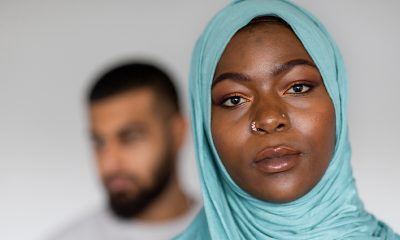
 California Black Media4 weeks ago
California Black Media4 weeks agoCalifornia to Offer $43.7 Million in Federal Grants to Combat Hate Crimes
-

 Black History4 weeks ago
Black History4 weeks agoEmeline King: A Trailblazer in the Automotive Industry
-

 California Black Media4 weeks ago
California Black Media4 weeks agoGov. Newsom Goes to Washington to Advocate for California Priorities
-

 Activism4 weeks ago
Activism4 weeks agoOakland Post: Week of November 27 – December 3, 2024
-

 California Black Media4 weeks ago
California Black Media4 weeks agoCalifornia Department of Aging Offers Free Resources for Family Caregivers in November
-

 Activism2 weeks ago
Activism2 weeks agoButler, Lee Celebrate Passage of Bill to Honor Congresswoman Shirley Chisholm with Congressional Gold Medal
-

 Activism2 weeks ago
Activism2 weeks agoPost News Group to Host Second Town Hall on Racism, Hate Crimes
-
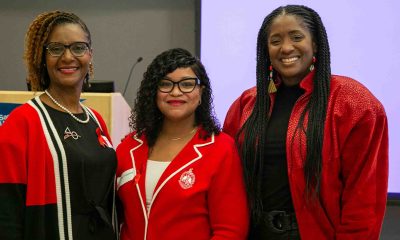
 Activism2 weeks ago
Activism2 weeks agoDelta Sigma Theta Alumnae Chapters Host World AIDS Day Event











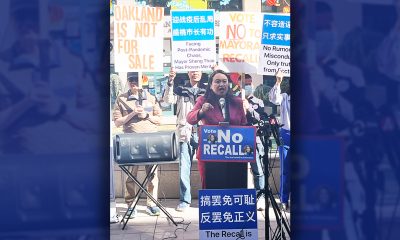

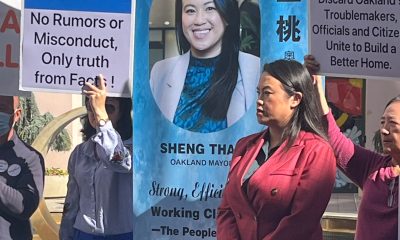


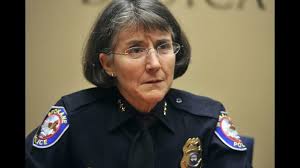










































Pingback: Things Are Looking Up for Blacks, Hispanics, but Still Trail Whites